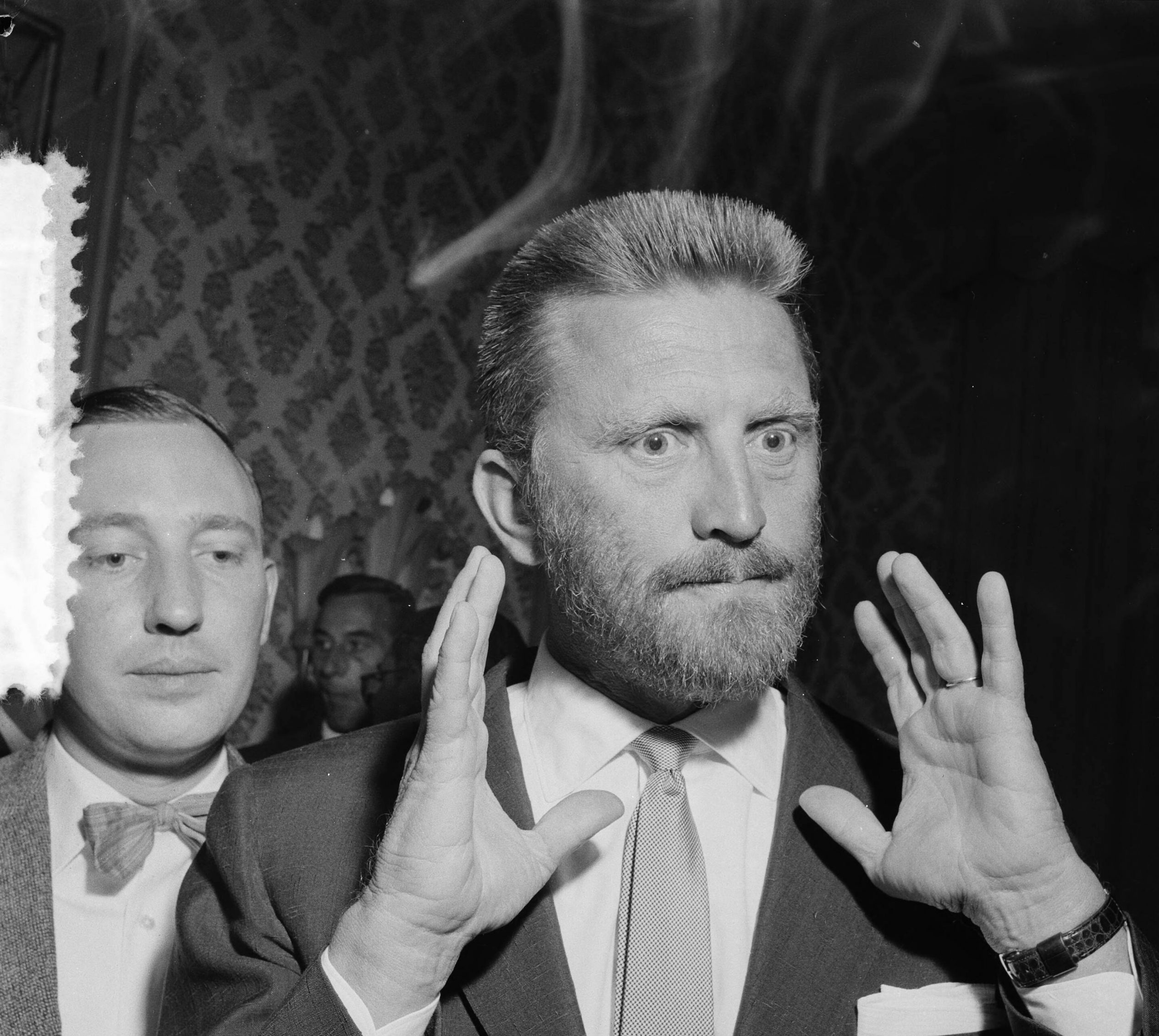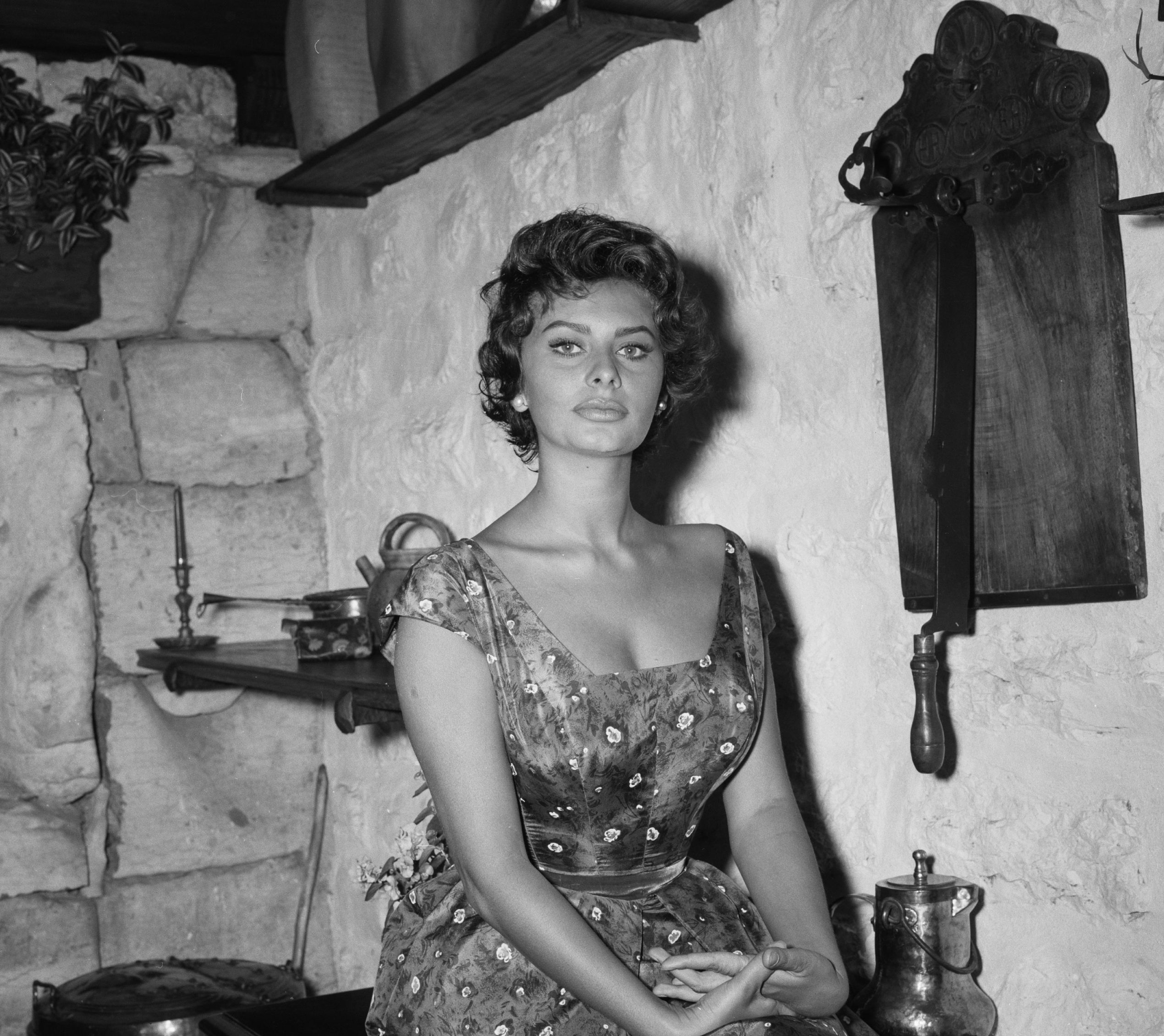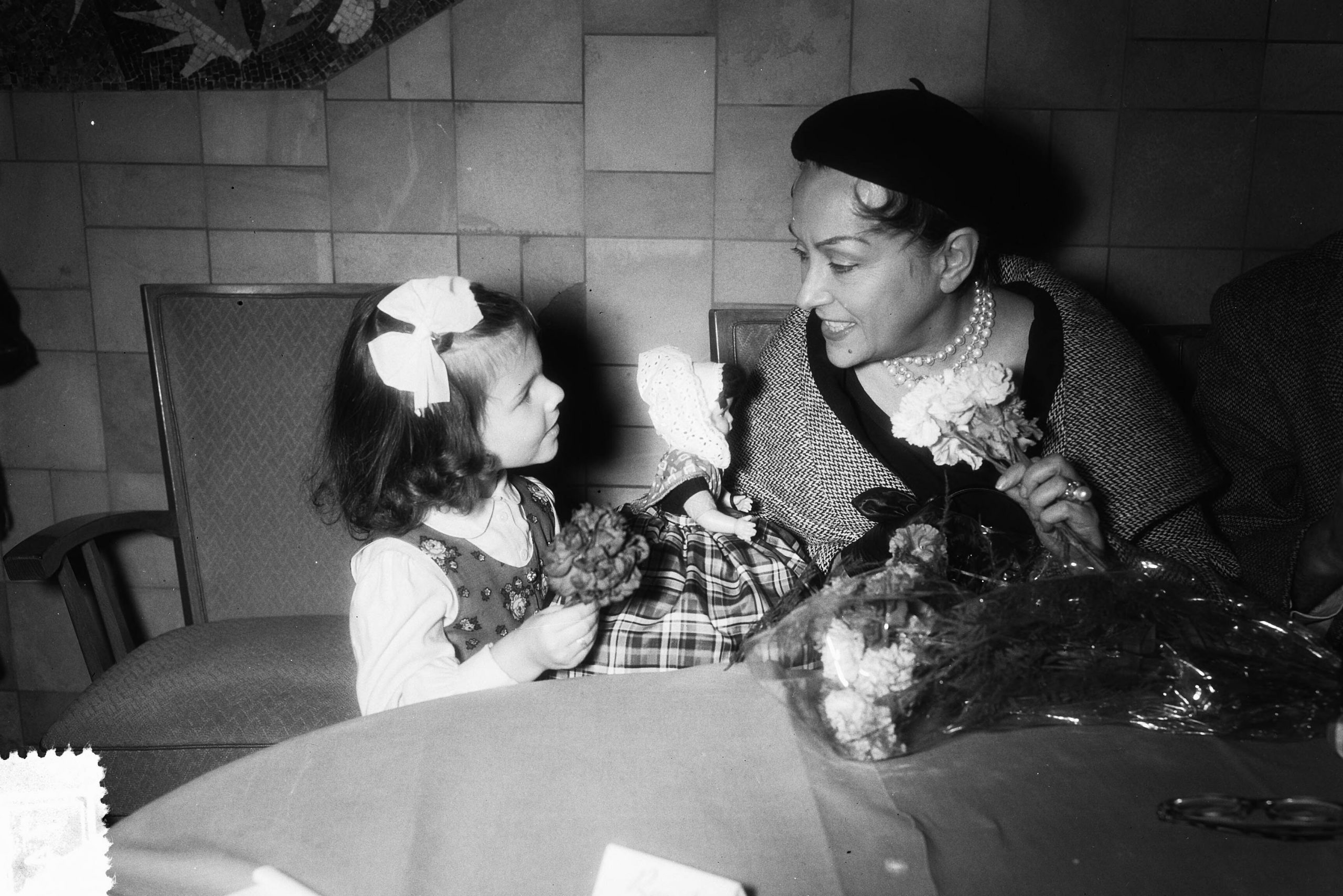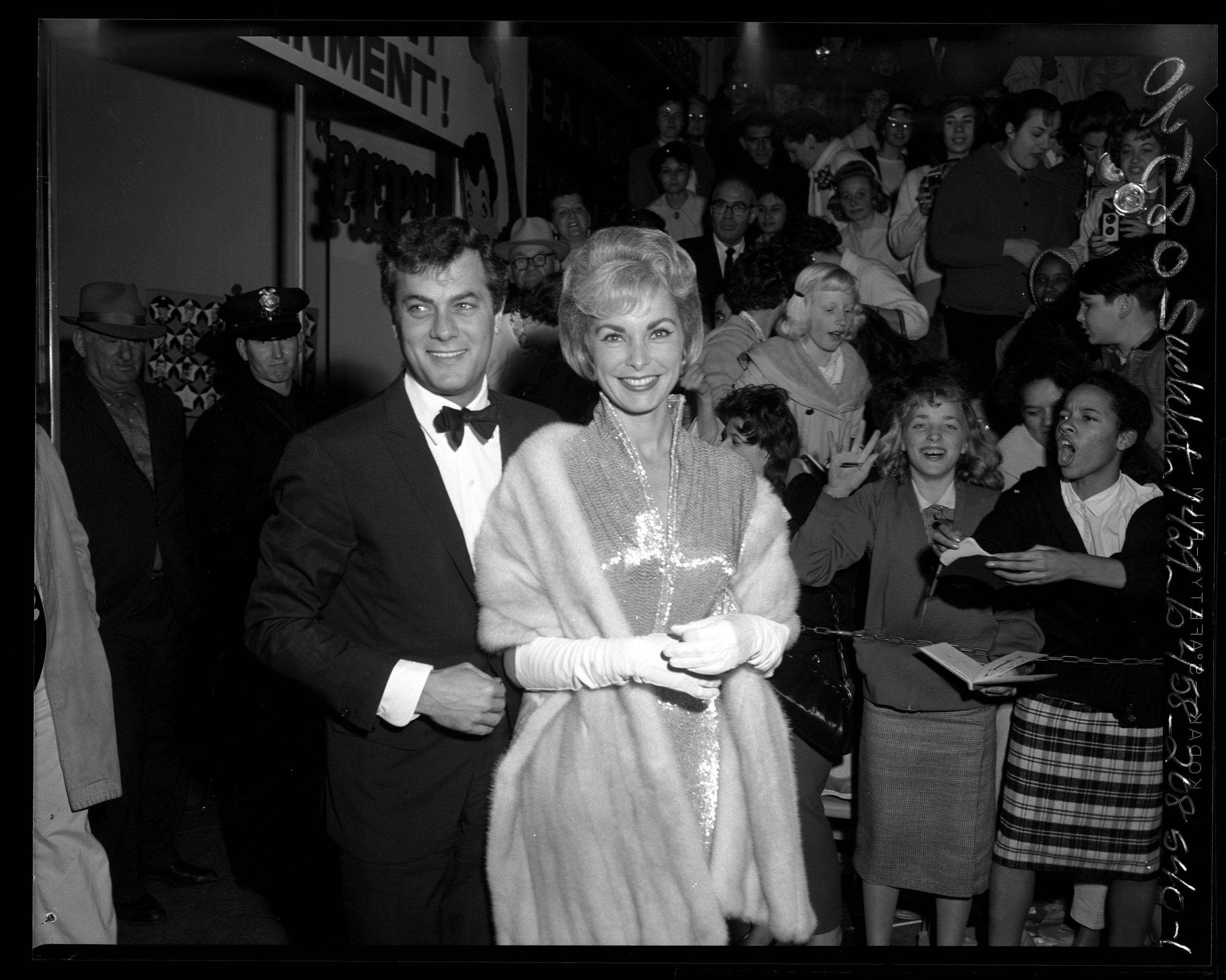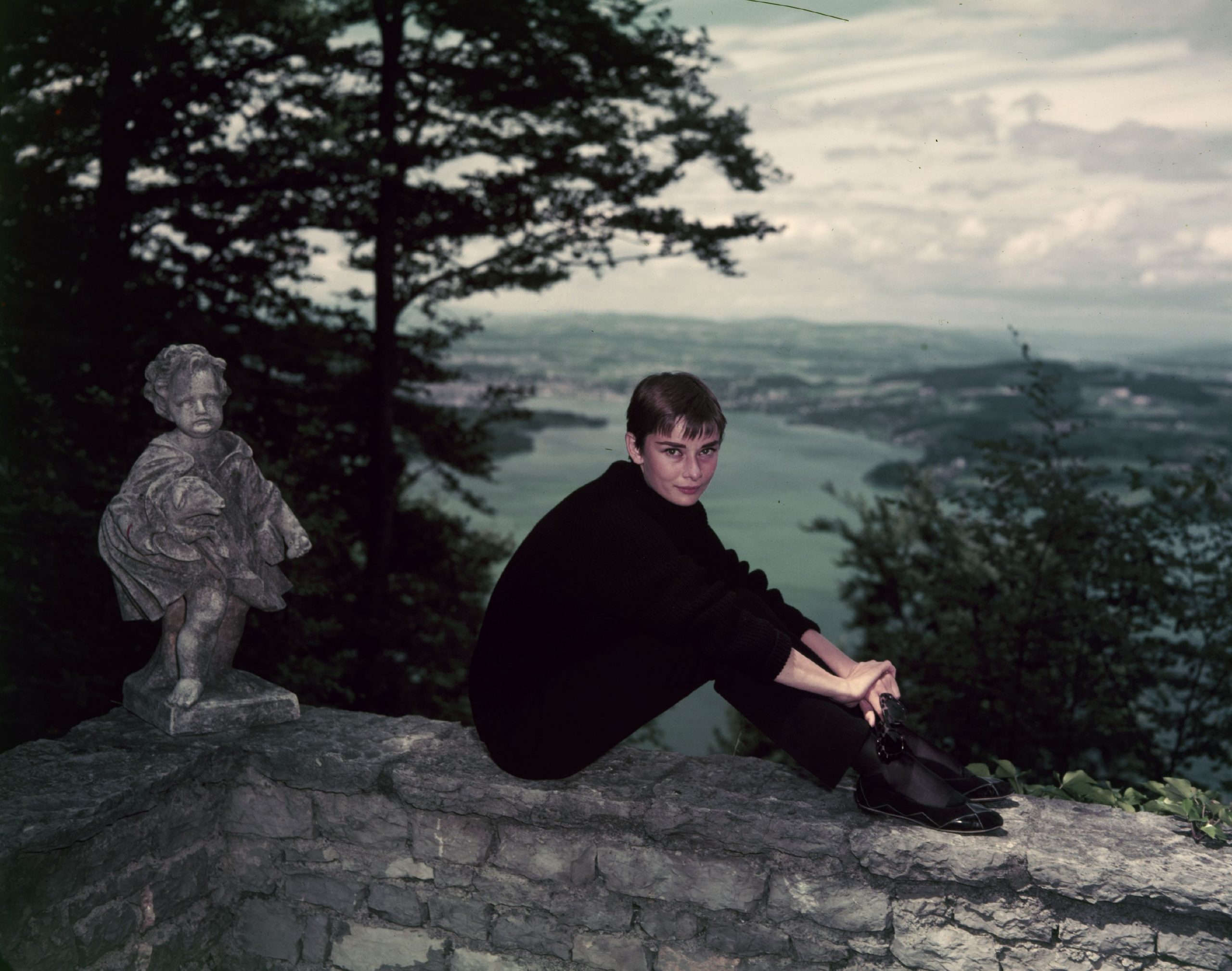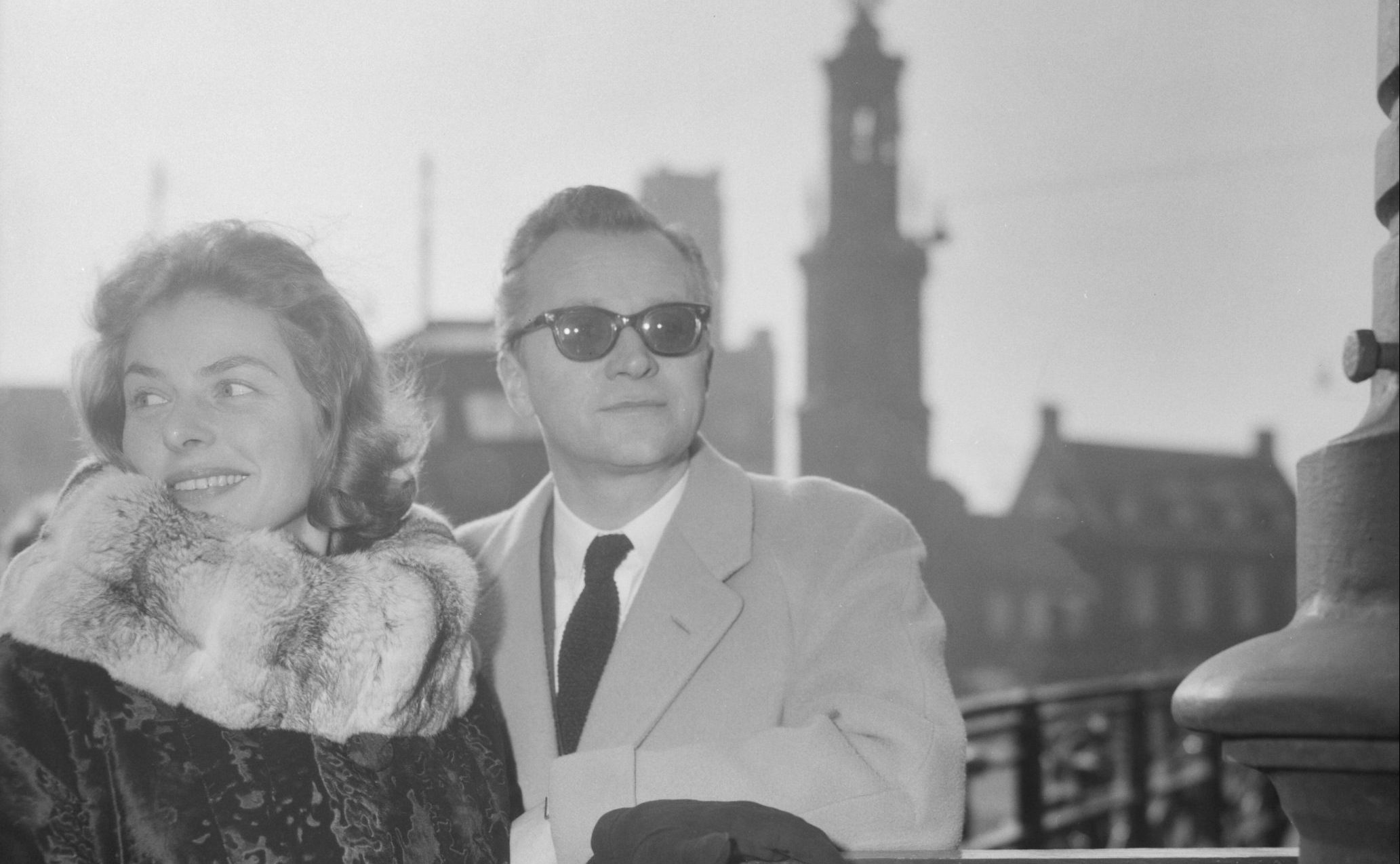Whether it was a comedy or a deadly serious drama made little difference to Tony Curtis – he was equally brilliant in both film genres. In particular, his role in Some Like It Hot (1959) alongside Marilyn Monroe and Jack Lemmon is still remembered today – in the screwball comedy directed by Billy Wilder, Tony Curtis shone with his talent for comedy.
Tony Curtis, whose real name was Bernard Schwartz, grew up in the Bronx borough of New York in anything but sheltered circumstances: Family life is said to have been far from easy and the young Schwartz is even said to have made the streets of the Bronx unsafe as a member of a notorious street gang. One may wonder whether this is why he changed his name to Tony Curtis as soon as he arrived in Hollywood in the late forties.
The influential German theatre director and producer Erwin Piscator (1893 – 1966) was one of his mentors.
Training as an actor – thanks to G.I. Bill
Cary Grant’s role in the submarine film Destination Tokyo (1943) is said to have inspired Tony Curtis to serve in the US submarine forces during the Second World War: Curtis served aboard a submarine until the end of the Second World War.
After Japan’s surrender, the Second World War was officially declared over – making Tony Curtis one of many soldiers who were discharged. There was a unique offer for World War II veterans at the time: At the time, it was normally only reserved for the sons and daughters of wealthy families to attend university. However, this changed with the so-called G.I. Bill: war veterans were given the opportunity to attend university free of charge or at a reduced rate. Tony Curtis took advantage of this opportunity and pursued a dream that he is said to have harboured from a young age: He studied acting at the private university The New School in Greenwich Village. The influential German theatre director and producer Erwin Piscator (1893 – 1966) was one of his mentors. His fellow students included Walter Matthau and Harry Belafonte.
The road to Hollywood
In his autobiography, Tony Curtis explained that his life in Hollywood – compared to what he experienced in his youth in New York – was a piece of cake. His early years in New York undoubtedly left their mark on the young actor – not least the training he received at the drama school in Greenwich Village which became the foundation of his later career as an actor.
When he arrived in Hollywood in 1948, Tony Curtis went to Universal Studios every day to continue his training as an actor, as he explains in his autobiography: But the road to Hollywood was anything but easy and a little luck was part of it.
When Curtis was once on a New York stage, he was reportedly discovered by an agent named Joyce Selznick, who took the young actor under her wing from then on. Despite having the same surname, Curtis’ autobiography claims that Joyce Selznick was not related to the legendary producer David O. Selznick. Tony Curtis now had an agency to look after his interests – so a call from Universal Studios asking him to come to Hollywood was not long in coming.
On his flight from New York to Hollywood, he is also said to have met studio boss Jack Warner – Warner let Tony Curtis know that he was always welcome at Warner if he was dropped by Universal. These were not bad prerequisites for starting a career as a film actor…
First successes
In his autobiography, Tony Curtis describes how he was initially completely on his own after his arrival in Hollywood. There was no one with whom he could discuss the further course of his career – even the agent Joyce Selznick, who had discovered him in New York, wasn’t around much.
Curtis was under contract with Universal Studios under the name Anthony Curtis – an intermediate step to his later screen name Tony Curtis. Universal Studios gave Tony Curtis his first leading role in 1951: in The Prince Who Was A Thief (1951), Curtis played alongside Piper Laurie. It can’t be said that it took particularly long for Tony Curtis to establish himself as a star in Hollywood – there were just three years between his arrival in Hollywood and his first top-class film, which was also successful at the box office. In 1950, Tony Curtis also played a supporting role in the now classic western Winchester ’73 alongside Rock Hudson, who was still little known at the time.
Operation Petticoat
Tony Curtis regularly played alongside Burt Lancaster: alongside Lancaster, Curtis also achieved his first major recognition as an actor in the film noir Sweet Smell of Success (1957).
The war comedy Operation Petticoat (1959), in which Tony Curtis played alongside Cary Grant, was another great moment in Curtis’ acting career: in the film, Cary Grant played a former submarine commander, now promoted to Rear Admiral, who returns to his former submarine shortly before it is scrapped and reviews his wartime experiences – this flashback is an essential part of the film’s plot. Tony Curtis was no stranger to Cary Grant – according to legend, Cary Grant’s role in the 1943 submarine war film Destination Tokyo inspired the young Curtis to enlist in the submarine forces. Now the two played side by side in a submarine film. According to Curtis’ autobiography, he didn’t even care about receiving a much lower salary than Grant for this film – he simply wanted to act in a film alongside Cary Grant.
In the fifties and early sixties, Tony Curtis was at the height of his Hollywood career.
Monumental projects and television
In 1960, Tony Curtis played the leading role alongside Kirk Douglas in the historical epic Spartacus: this film was one of the greatest career successes for both Kirk Douglas and Tony Curtis, and the realisation of this monumental project was particularly close to Kirk Douglas’ heart. In the fifties and early sixties, Tony Curtis was at the height of his Hollywood career: although he continued to be cast in numerous films afterwards, his films no longer had the same impact. After countless comedies in the sixties, he decided to star in a drama again in 1968 – in The Boston Strangler (1968), Curtis played the lead role alongside Henry Fonda.
Tony Curtis did not shy away from the medium of television either – in the British TV series The Persuaders!, Curtis played the lead role alongside Roger Moore. Although the series The Persuaders! was not at all well received in the United States, the series is still a hit in Europe today and may be one of the reasons why some European television viewers are familiar with the name Tony Curtis.
Comedian and dramatic actor at the same time
Regardless of whether a film project was a drama or a comedy, Tony Curtis knew how to use his acting talent skilfully. In New York, he went through the school of the veteran and influential Erwin Piscator and was trained alongside legends such as Walter Matthau, with whom Curtis later became friends. At the beginning of his career, Curtis was by no means sure whether he would even come close to making it to the top of Hollywood acting – today, Curtis is regarded as one of the most accomplished comedians of 20th century cinema and is known for his performances in numerous cinema classics.
Main source: Curtis, Tony & Barry, Paris: The Autobiography, 1995 Mandarin
Cover picture: Tony Curtis and Janet Leigh in California in 1960 during a premiere.
Picture credit: UCLA Library Special Collections, used under CC BY 4.0 DEED

 Deutsch
Deutsch


